A Mite is any small invertebrate in the taxonomic subclass Acari, with the exception of the ticks in Ixodida group. Researchers recognize many different species, which they order into several different orders and superorders. Some notable species cause damage as parasites on different plants and animals. Read on to learn about the Mite.
Description of the Mite
These creatures come in a variety of shapes and sizes, but you likely won’t ever notice any of them! Their bodies typically measure less than a millimeter in length. Like other members of Arachnida, they have eight legs. Their bodies also have a head-like feeding appendage known as a “gnathosoma.”
Interesting Facts About the Mite
An immense variety of different species and groups exist in this collection of animals. Learn more about a few specific species or types, below.
- Nest Mites – This family of Mites, known as Pyroglyphidae, lives inside the nests or burrows of larger animals. They feed on skin, feathers, and blood of the animals living in the nest.
- Dust Mites – Researchers classify these creatures as part of Pyroglyphidae. They feed primarily on shed hair and skin, and live in dusty regions of homes. Sometimes their presence causes allergic reactions.
- Itch Mite – The Mite Sarcoptes scabiei, also known as the itch Mite, causes an infestation known as scabies. Symptoms include itching and rash, which occurs as a reaction to the Mite burrowing beneath the skin.
- Varroa Mite – This creature, known by the scientific name Varroa destructor, parasitizes two species of honeybees. Unfortunately, infestations of this species carries many viral infections, and often causes colony collapse disorder. It poses a serious danger to bee populations.
Habitat of the Mite
The different species and groups live very different lives and occupy different types of habitats. Some live much of their lives as a parasite on the skin or feathers of an animal. Others live primarily upon and parasitize plants. Still others live in soil, caves, or even underwater in both freshwater and saltwater ecosystems.
Distribution of the Mite
You can find various species throughout the globe. In fact, researchers estimate that hundreds of thousands of species remain undiscovered. Different species live on every single continent on Earth, including Antarctica. These creatures truly have worldwide distribution.
Diet of the Mite
Different species have very different dietary habits. Some of the best-known species have parasitic feeding habits, and eat skin, feathers, or blood from other animals. A few species live predatory lifestyles hunting smaller microorganisms. Some species have specialized decomposer diets, processing and breaking down decaying matter like fungi do.
Mite and Human Interaction
Humans rarely know when they interact with these creatures, as they are so small. A handful of species cause irritation or harm to humans, or their pets or livestock. However, many species make up an important part of the ecosystem in the soil or water.
Human activity undoubtedly threatens some of these species, however, researchers have not assessed the extent of that impact in most species.
Domestication
Humans have not domesticated any of the numerous species.
Does the Mite Make a Good Pet
Why would you want this creature as a pet? You cannot easily see it without a microscope, and some species can cause irritation or harm.
Mite Care
People do not keep these invertebrates intentionally.
Behavior of the Mite
Different species in this group have vastly different behavior. Some spend their lives beneath the soil or in the leaf litter, decomposing dead leaves or bits of organic matter. Others live in the nests of animals or upon an animal’s skin. Most do not show signs of socialization, but simply happen to congregate in the same area or on the same host.
Reproduction of the Mite
During the breeding process, the male passes the female a packet of sperm known as a spermatophore. She uses this to fertilize her eggs. After fertilization, the female lays a variable number of eggs. It takes between two and six weeks for the eggs to hatch, depending on the species.
The larval form has only six legs, but molts several times and eventually develops into an eight-legged nymph. After three additional molts, it reaches its adult form.

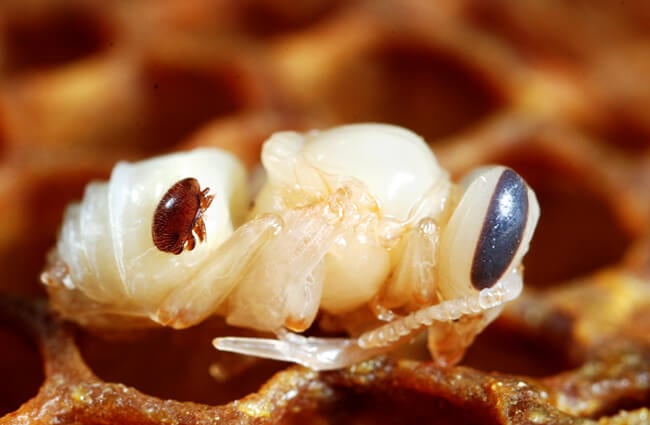
![The crab-shaped Varroa Destructor, the leading cause of beekeeper angst. crab-shaped Varroa Destructor Photo by: USGS Bee Inventory and Monitoring Lab [public domain] https://creativecommons.org/licenses/by-sa/2.0/](https://animals.net/wp-content/uploads/2020/01/Mite-4-650x425.jpg)

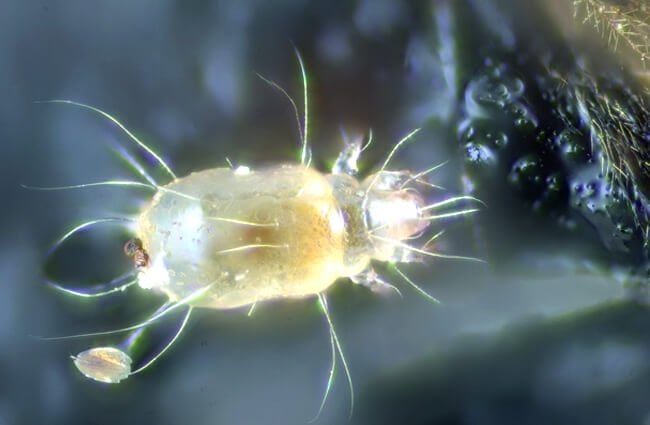
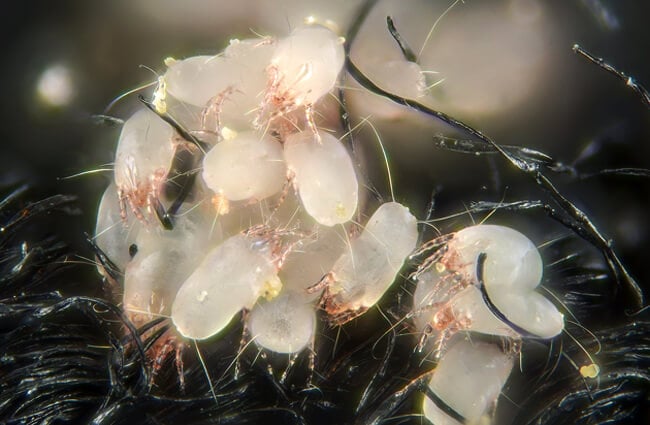

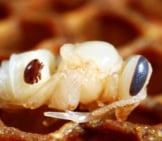
![The crab-shaped Varroa Destructor, the leading cause of beekeeper angst. Crab-Shaped Varroa Destructor Photo By: Usgs Bee Inventory And Monitoring Lab [Public Domain] Https://Creativecommons.org/Licenses/By-Sa/2.0/](https://animals.net/wp-content/uploads/2020/01/Mite-4-162x141.jpg)
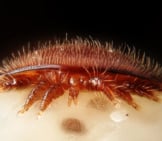

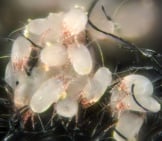

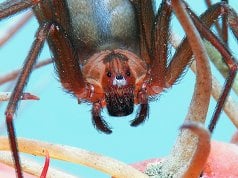
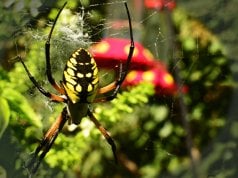











![Red Angus Closeup of a beautiful Red Angus cowPhoto by: U.S. Department of Agriculture [pubic domain]https://creativecommons.org/licenses/by/2.0/](https://animals.net/wp-content/uploads/2020/03/Red-Angus-4-100x75.jpg)

